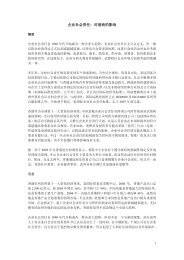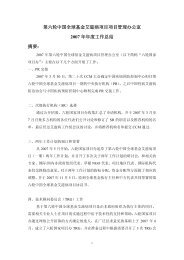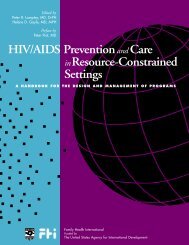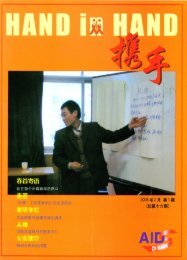The Training of Trainers Manual - UNFPA
The Training of Trainers Manual - UNFPA
The Training of Trainers Manual - UNFPA
You also want an ePaper? Increase the reach of your titles
YUMPU automatically turns print PDFs into web optimized ePapers that Google loves.
written on the flip chart (if they are appropriate). For an example, see the Gender,<br />
Not Sex exercise (page 67).<br />
Another way to introduce a topic could be to get participants to fill in a brief<br />
questionnaire on the subject. Sometimes a facilitator may choose to use some<br />
improvisational role plays as an introduction to a topic. For other examples, see<br />
the exercises, Role Play Revolution on page 50 and Peer Education Password on<br />
page 54).<br />
Exercise: How careful are we with our health<br />
Objectives<br />
To encourage participants to consider that many people behave in<br />
a manner that is not in the best interest <strong>of</strong> their health<br />
10-15<br />
minutes<br />
To help increase participants’ understanding about human<br />
behaviour and the discrepancy between what we know and how<br />
we behave<br />
Materials<br />
A chair for each participant<br />
Also suitable for<br />
training <strong>of</strong> peer<br />
educators<br />
Process<br />
Have all participants stand in front <strong>of</strong> their chairs. Introduce the exercise by saying:<br />
‘To start this exercise, you all need to stand in front <strong>of</strong> your chairs. I’m going to read<br />
out some statements. If your answer to one <strong>of</strong> them is “no”, you have to sit down.<br />
As long as you can reply “yes” to the statements, you remain standing. But once<br />
you are seated, you remain seated, even if your answer to following statements is<br />
yes. For example, if the first statement is “I get regular medical check-ups” and you<br />
do not have regular medical check-ups, you have to sit down and remain seated.’<br />
Explain two additional rules: ‘Sometimes someone has to sit down right away,<br />
after the first or second statement. If the order <strong>of</strong> statements had been different,<br />
they might have still been standing. <strong>The</strong>y might ask if they can stand up again. But<br />
participants may not stand up once they have had to sit down. This might not seem<br />
fair, but that is how this exercise works. Also, someone may say, for example, “Oh,<br />
sure, I get regular medical check-ups. Let’s see, I think my last one was in 1998!”<br />
We have to decide together how frequent “regular” is in this exercise, but it must<br />
be reasonable; regular is not once every ten years!’<br />
40 <strong>Training</strong> <strong>of</strong> <strong>Trainers</strong> <strong>Manual</strong>

















